Division of Domestic Data

Overview
The Division of Domestic Data is a speculative design project that explores the nature of property and social connectivity in a digital age using the scenario of divorce.
With our possessions becoming increasingly digital—music available through services like Spotify or Apple Music; movie collections shelved on platforms like Amazon or iTunes; photos stored in albums on Facebook or feeds like Instagram; files accessible through cloud services like DropBox or Google Drive—ownership is less about retaining an object itself and more about managing access and abiding by terms of use. With these changes, privacy and security concerns related to our personal data, private information, and digital possessions have become increasingly prevalent. Managing access and maintaining privacy is often cast as giving access to those you want to have it and denying it to those you don’t. This strict categorization of people is temporal as much as it is relational—a appliance repair person may need access to wifi; a future employer may need your social security number; a friend may need to borrow your Netflix. As such, property and possession are far more fluid in a digital age.
Divorce is a rupture to a personal as much as a property relationship. Spouses share information, data, possessions, property, utilities, and myriad other things. Where existing divorce procedures protect traditional property, digital possession and access to digital services are not clearly defined.
The following is a documentation of the design project. The final deliverables of the project were an icon set, informational packet, and series of scenarios. The various materials documented here come from the iterative process of developing these deliverables.
The project employed a research-through-design methodology, including ethnographic field work, iterative sketching, low-fidelity prototyping, and scenario development.
Background
When filing for divorce in Fulton County (Atlanta, Georgia, USA), an Automatic Domestic Standing Order goes into effect for “all cases which are filed in the Family Division of the Superior Court of Fulton County and remains in effect as long as the case is pending.” 1 While some of the articles relate to the procedure of the open case (e.g. obligatory appearance in court), the Automatic Domestic Standing Order of Fulton County primarily serves the purpose of maintaining any and all current domestic responsibilities. Maintenance of responsibilities means preventing either party listed in a divorce case from certain actions related to shared property, children, or benefits.
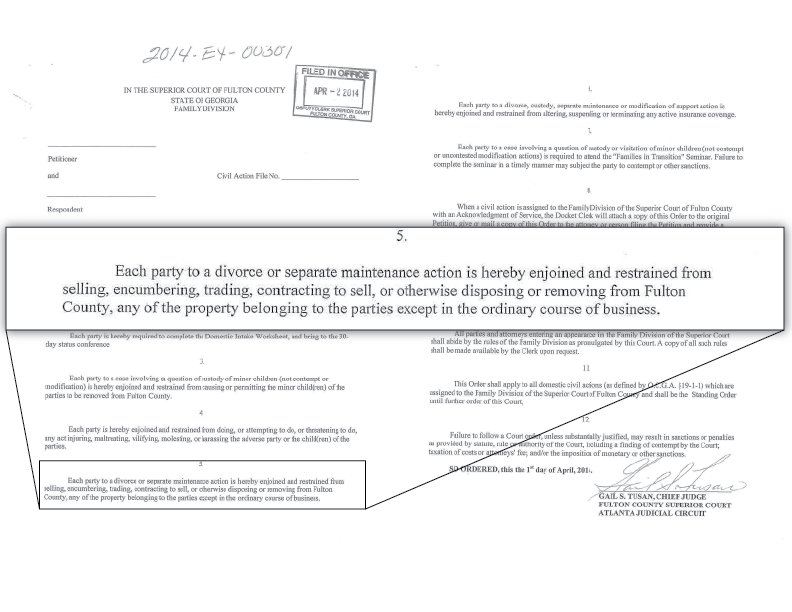
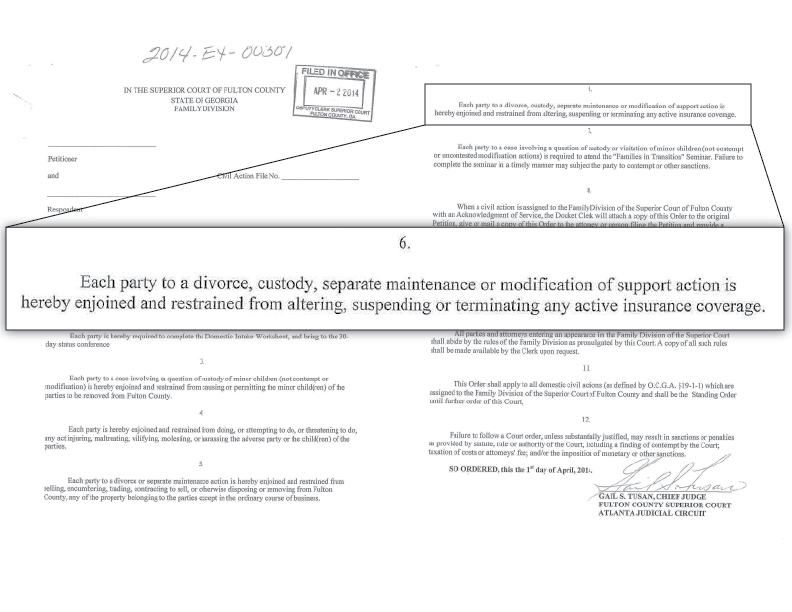
Articles 5 and 6 of the Automatic Domestic Standing Order form the basis for the project. Article 5 reads:
“Each party to a divorce or separate maintenance action is hereby enjoined and restrained from selling, encumbering, trading, contracting to sell, or otherwise disposing or removing from Fulton County, any of the property belonging to the parties except in the ordinary course of business.”
The term property refers to movable physical property—things that take up space and have value, monetary or otherwise. While one might possess digital things, such as mp3 collections or digital photos, these types of possessions are not considered property. In short, a computer is property, while its files (save registered intellectual property) are not according to the Automatic Domestic Standing Order. As many possessions have become digital, Article 5 presents an issue for how to account for possessions that have value and can be owned, yet are not physical; that is, how to account for digital property.
Article 6 reads:
“Each party to a divorce, custody, separate maintenance or modification of support action is hereby enjoined and restrained from altering, suspending or terminating any active insurance coverage.”
Like other provisions, Article 6 ensures that existing responsibilities are maintained. A spouse cannot cancel any car, health, or life insurance without being in violation of this standing court order, and so in contempt of court. We can understand Article 6 as a guarantee against undue burden. Since insurance is compulsory in many instances 2, canceling said insurance conscripts another into purchasing new insurance. However, services outside of insurance are, in many ways, compulsory as well. As many professions and schooling require internet connectivity and/or mobile phones, cancellation of these services might also be viewed as undue burden. Here again the Automatic Domestic Standing Order presents an issue with regards to digital things: how might the cancellation of others services (i.e. mobile phones, internet, or electricity) be accounted for by the Automatic Domestic Standing Order?
Framing
Given the discussion of Article 5 and 6 of the Automatic Domestic Standing Order of Fulton County, the project speculates:
How would provisions within an Automatic Domestic Standing Order accommodate shared digital possessions, services, and infrastructures during the process of divorce?
While this question could be answered in a very direct way, the project explores the way digital objects—files, folders, profiles, servers, queries, and so on—might become expressive of the local, state, or federal rules around the contractual obligations of marriage and the litigious implications of dividing property during divorce.
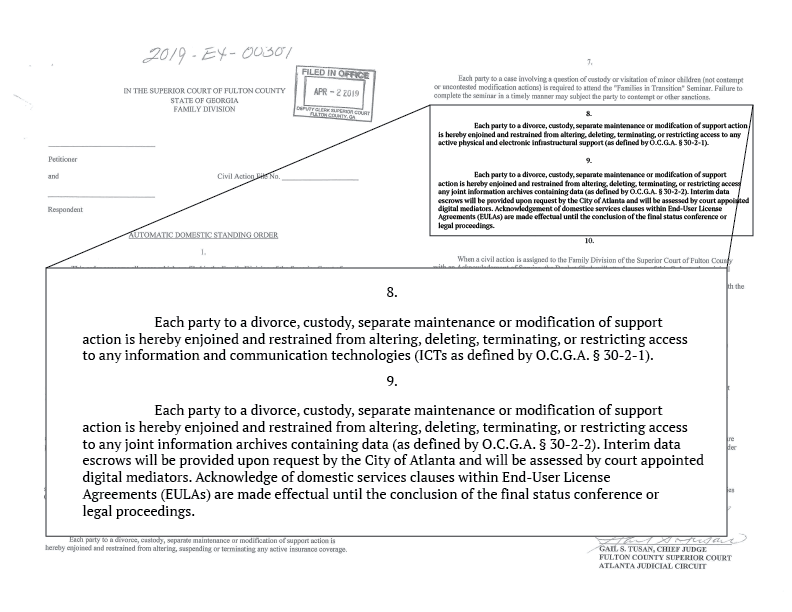
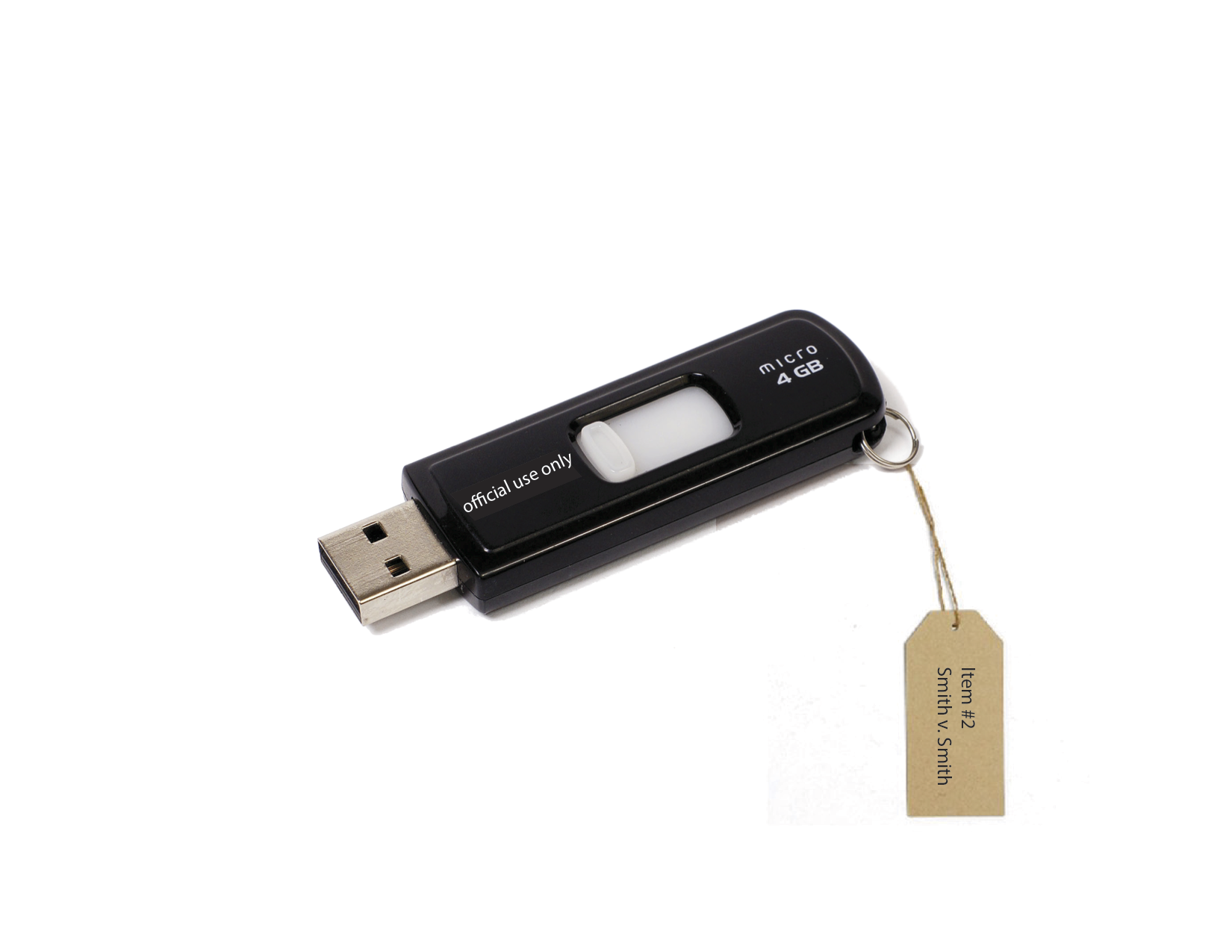

Speculating on these implications probes larger questions within digital media scholarship about the ways digital and computational technologies are understood—and so regulated and made expressive—as part of everyday life. Divorce provides a microcosm for discussion about:
the nature of possessions and possessing in a digital era
bureaucratic processes in an era of open government
sociality (and forgetting) in an era of mediated social networks
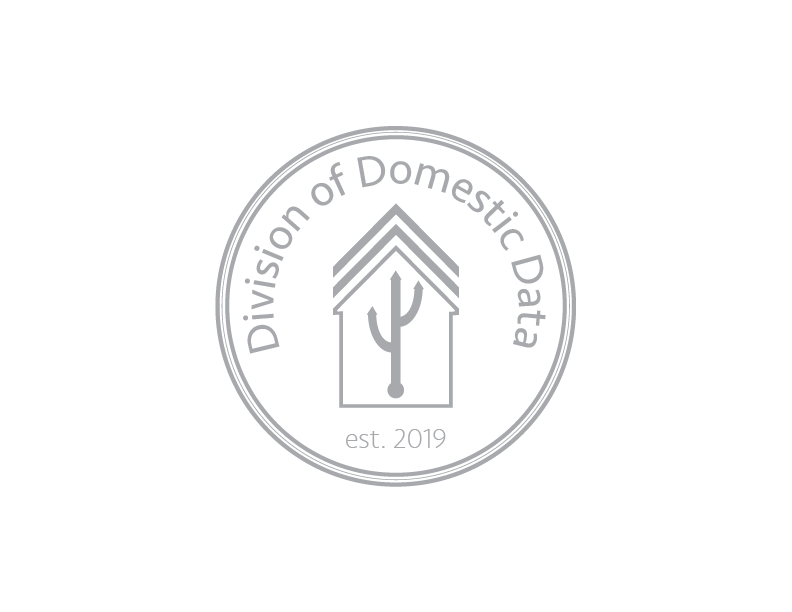
The project does not attempt to answer any questions. Instead the goal is to explore pressure points in and amongst the process of divorce that highlight these contested and flexible territories with regards to the digital. The Division of Domestic Data focuses primarily on the mundane and bureaucratic aspects of divorce by looking at how digital objects might be labeled and controlled through algorithmic and procedural means.
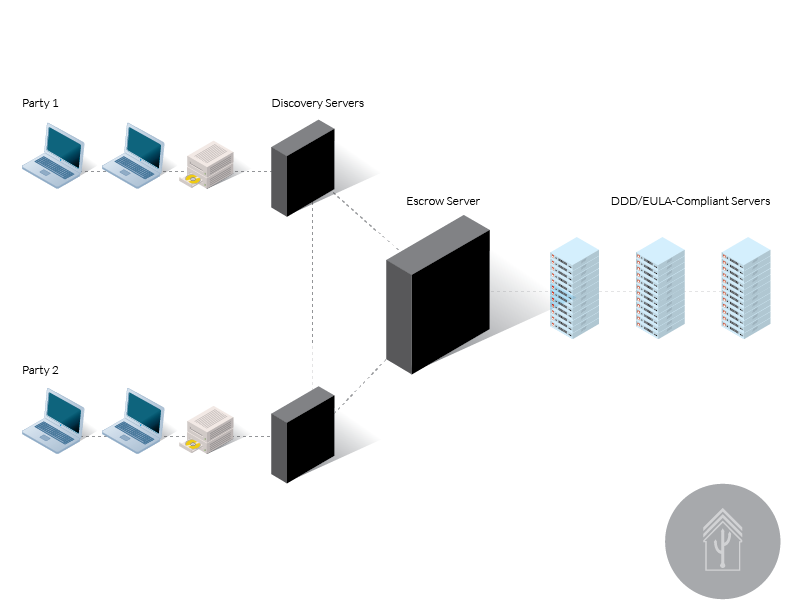
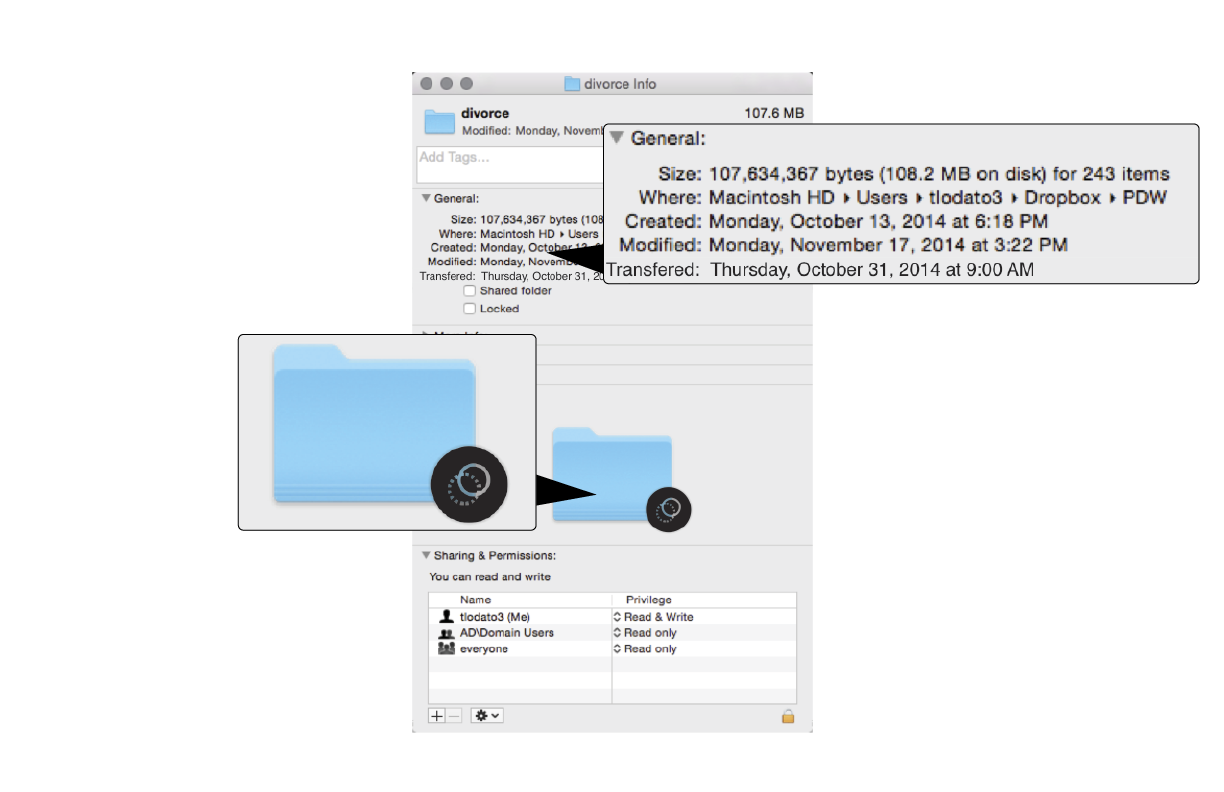

Outcomes
The Division of Domestic Data consists of three outcomes: an icon set, a series of informational documents, and a series of situating sketches. These outcomes were produced using a research-through-design methodology: deep immersion in the contemporary processes of divorce, cataloging of existing icons related to relationships and digital property, and iterative icon and scenario design.
Icon Set
The icon set focuses on the various states of digital property, services, and systems that allow for disconnecting, disentangling, or dissolving relational assets. One subgroup consists of icon badges that reflect the current state of files, images, and collections to be disassociated. Another subgroup accounts for services and systems that mediate disassociation, such as escrow servers or property disclosure algorithms.


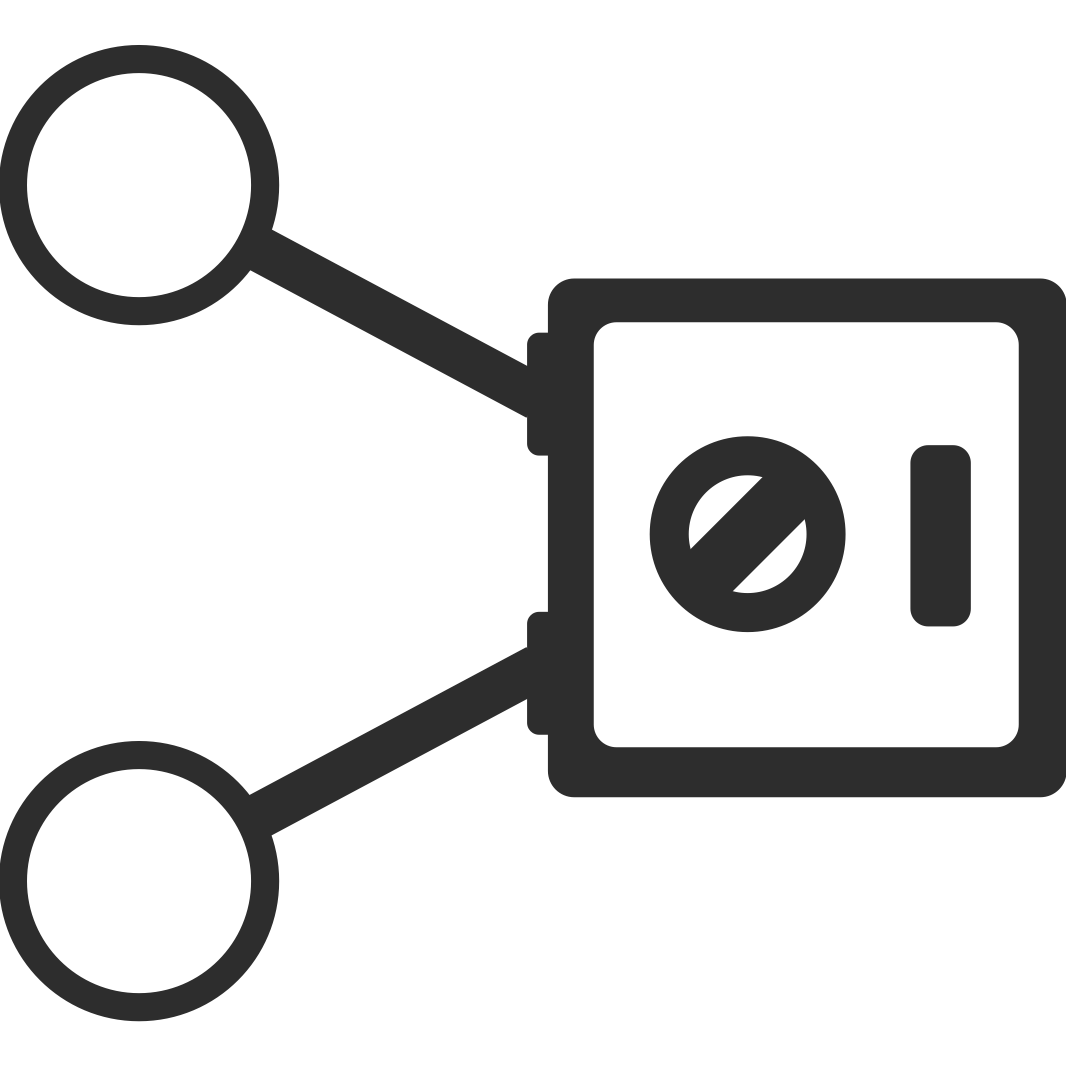







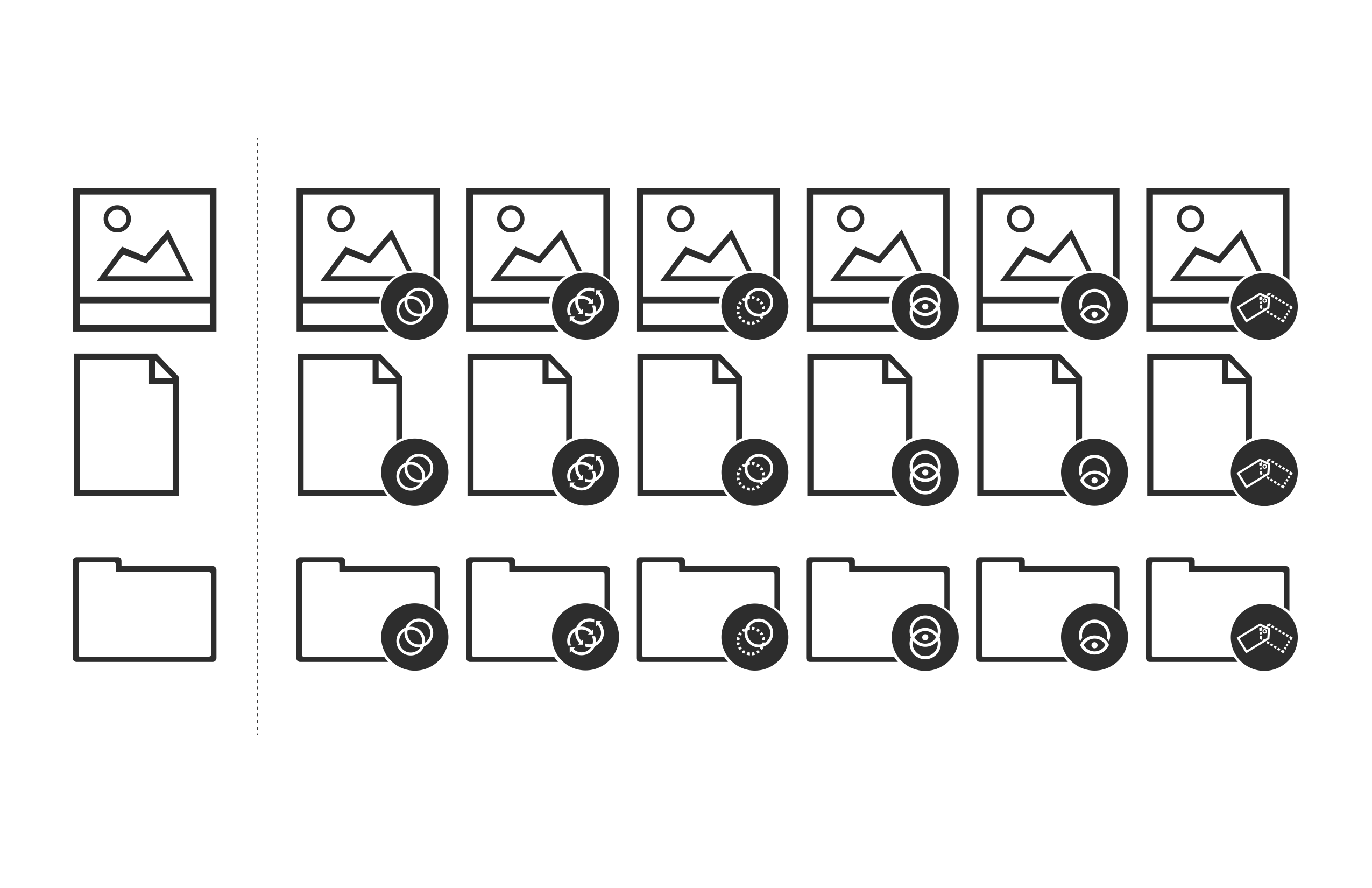
Informational Documents
Extrapolating from the current state of divorce within Atlanta (Fulton County, GA), the project includes updated informational documents currently used during the divorce process. An updated Automatic Domestic Standing Order accounts for protections of digital possessions and services. A state-sponsored informational pamphlet explain the divorce process under these new protections.
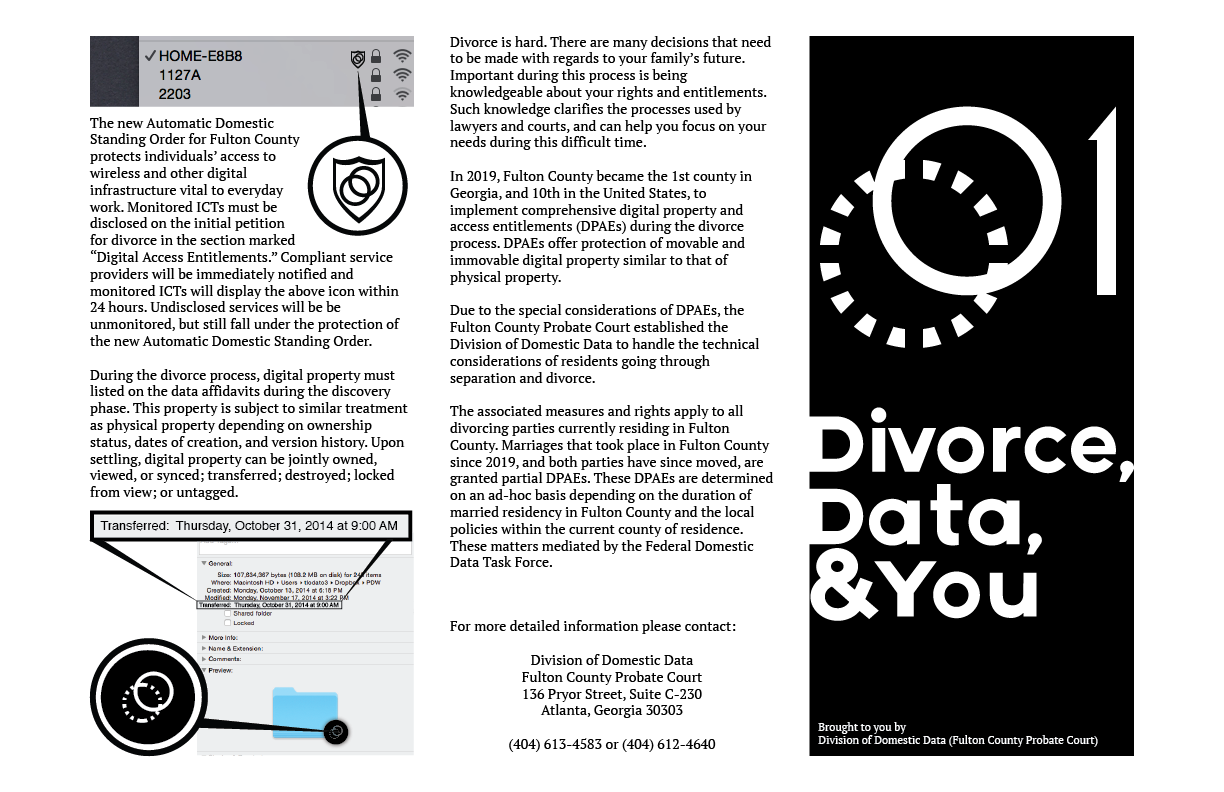
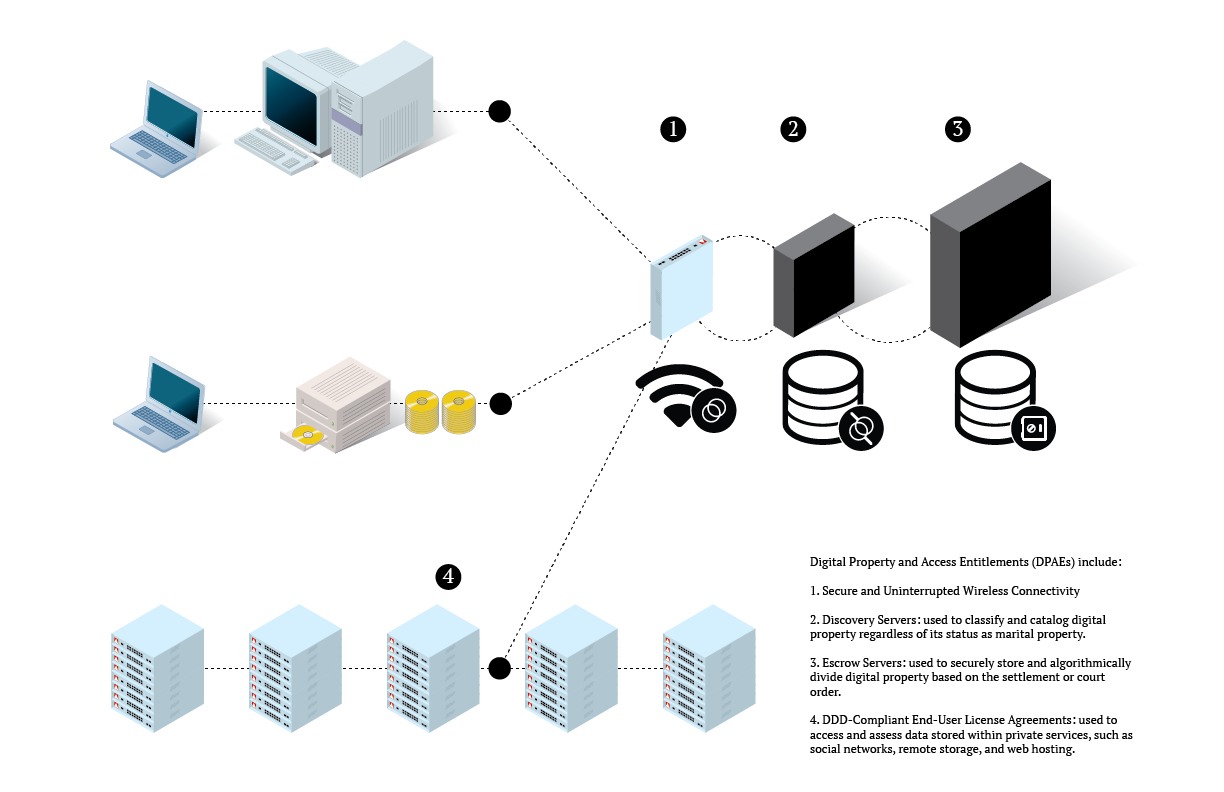
Situating Sketches
The sketches illustrate the various icons and ideas in context on social media and on local systems.





Process Sketches
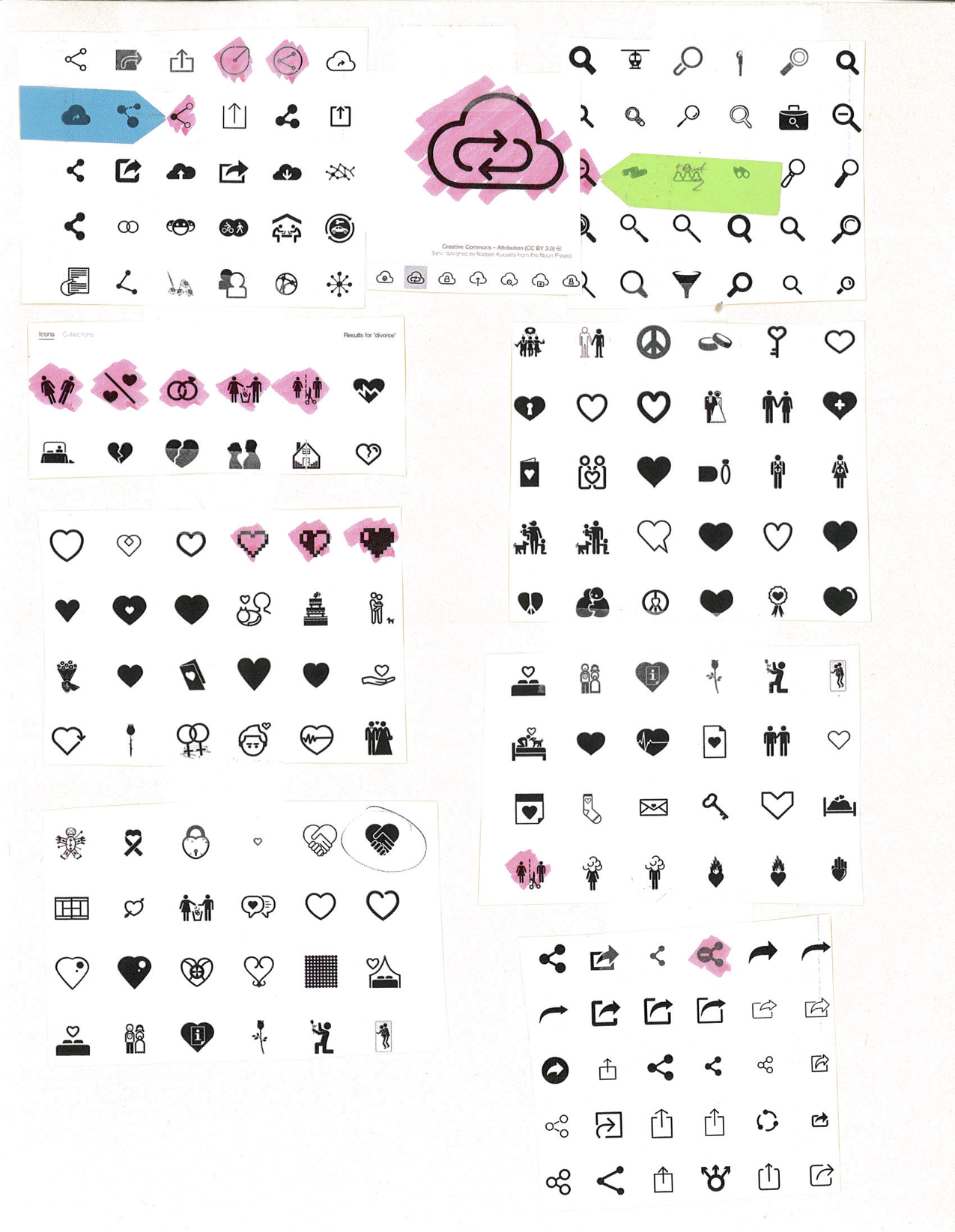
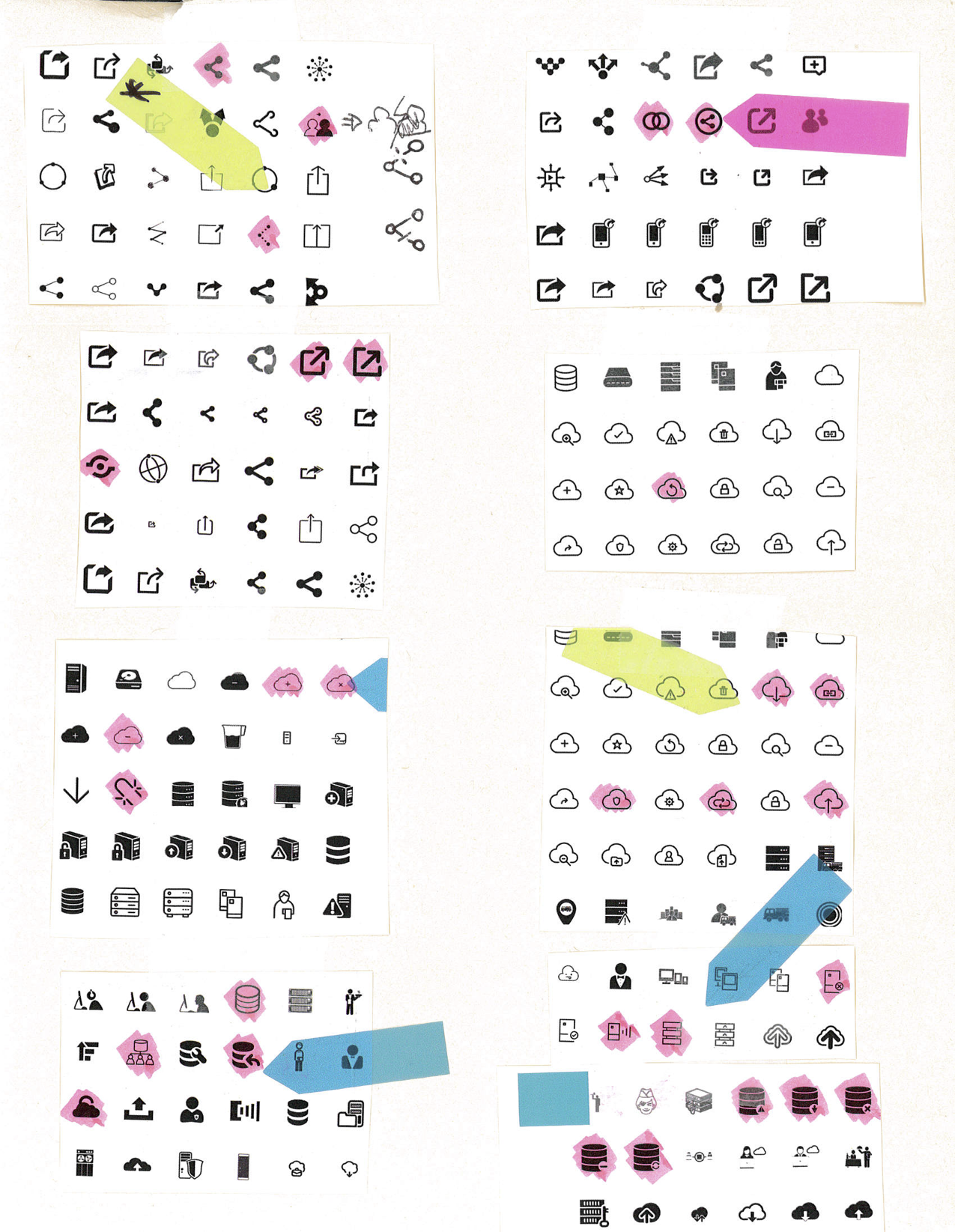
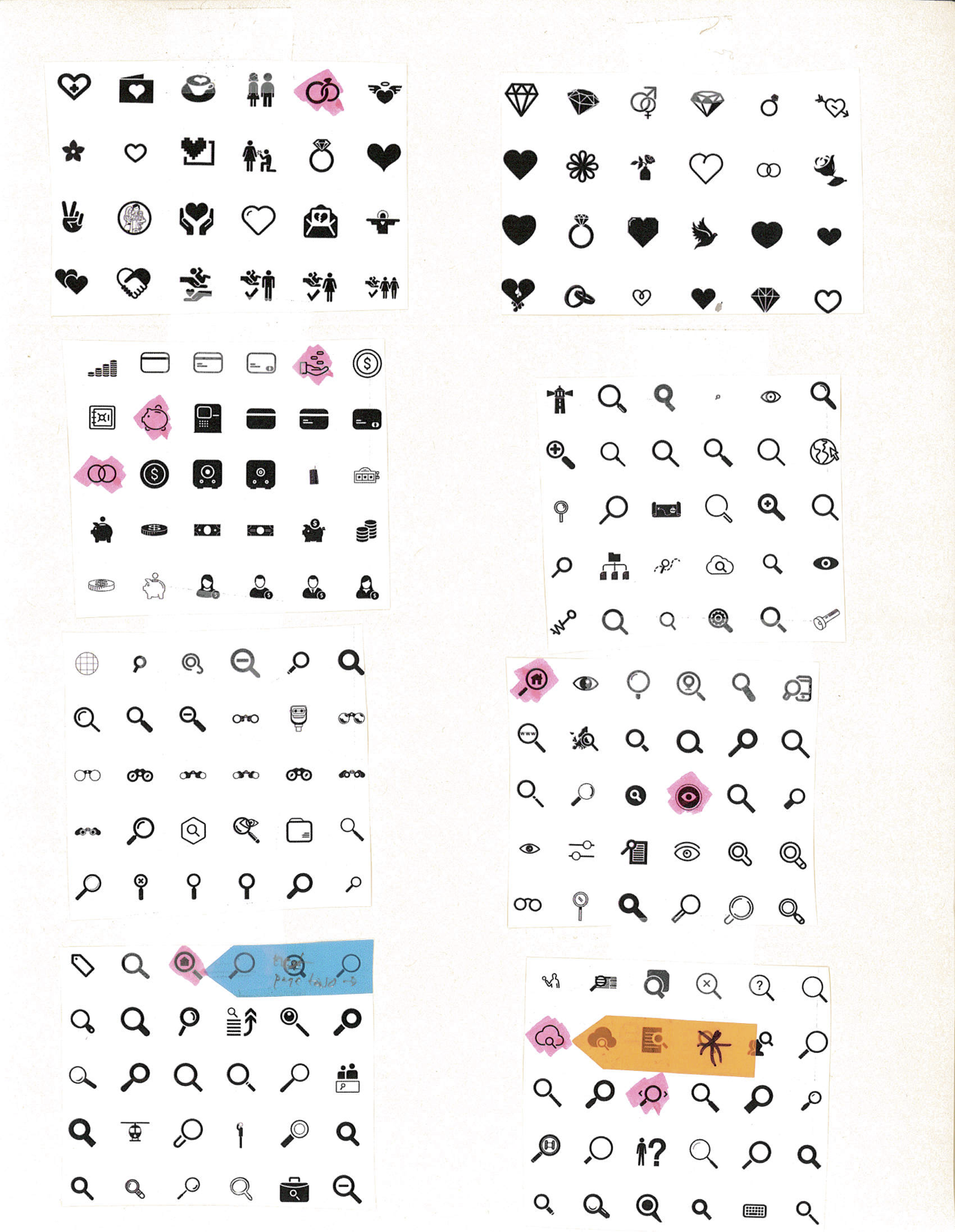
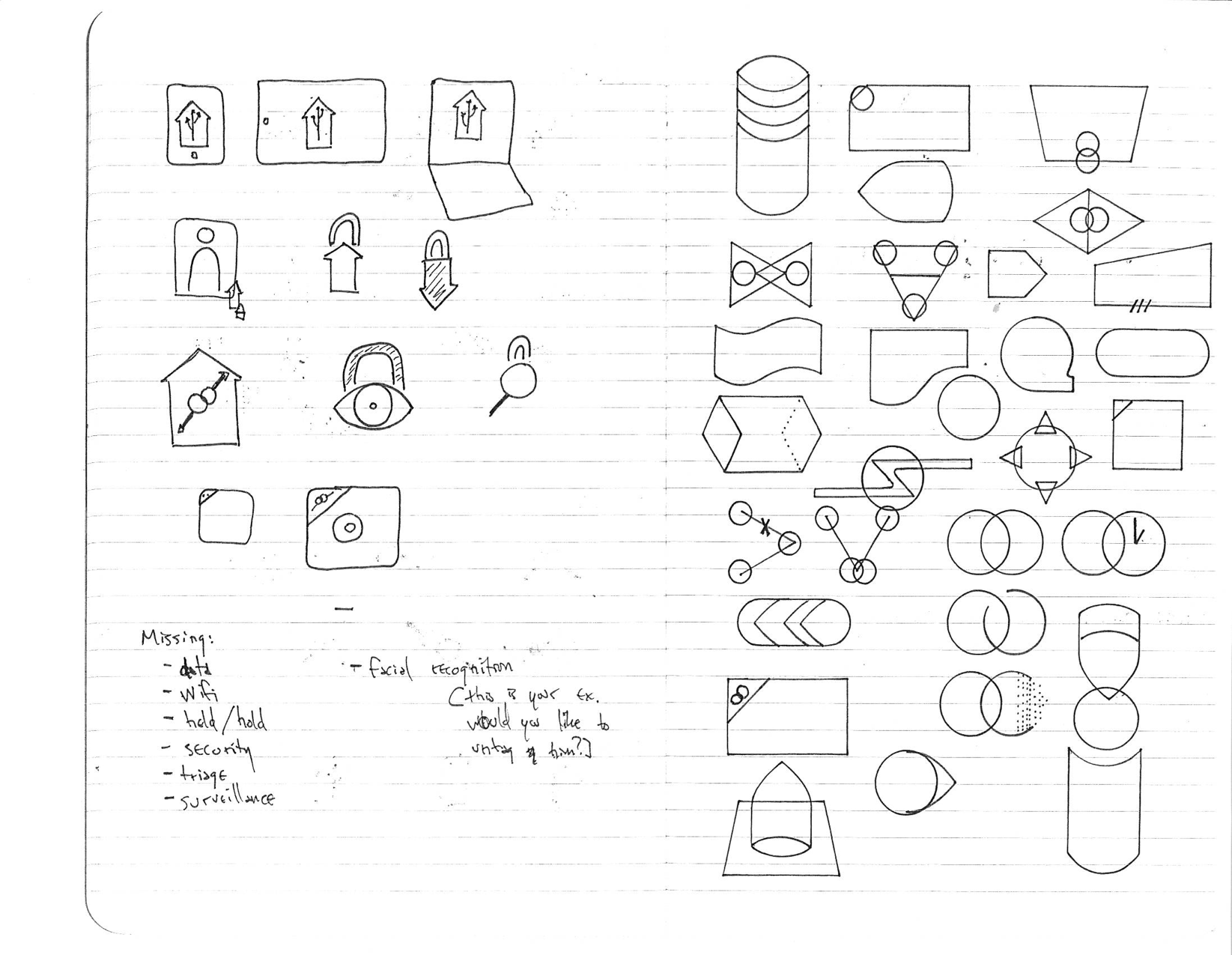
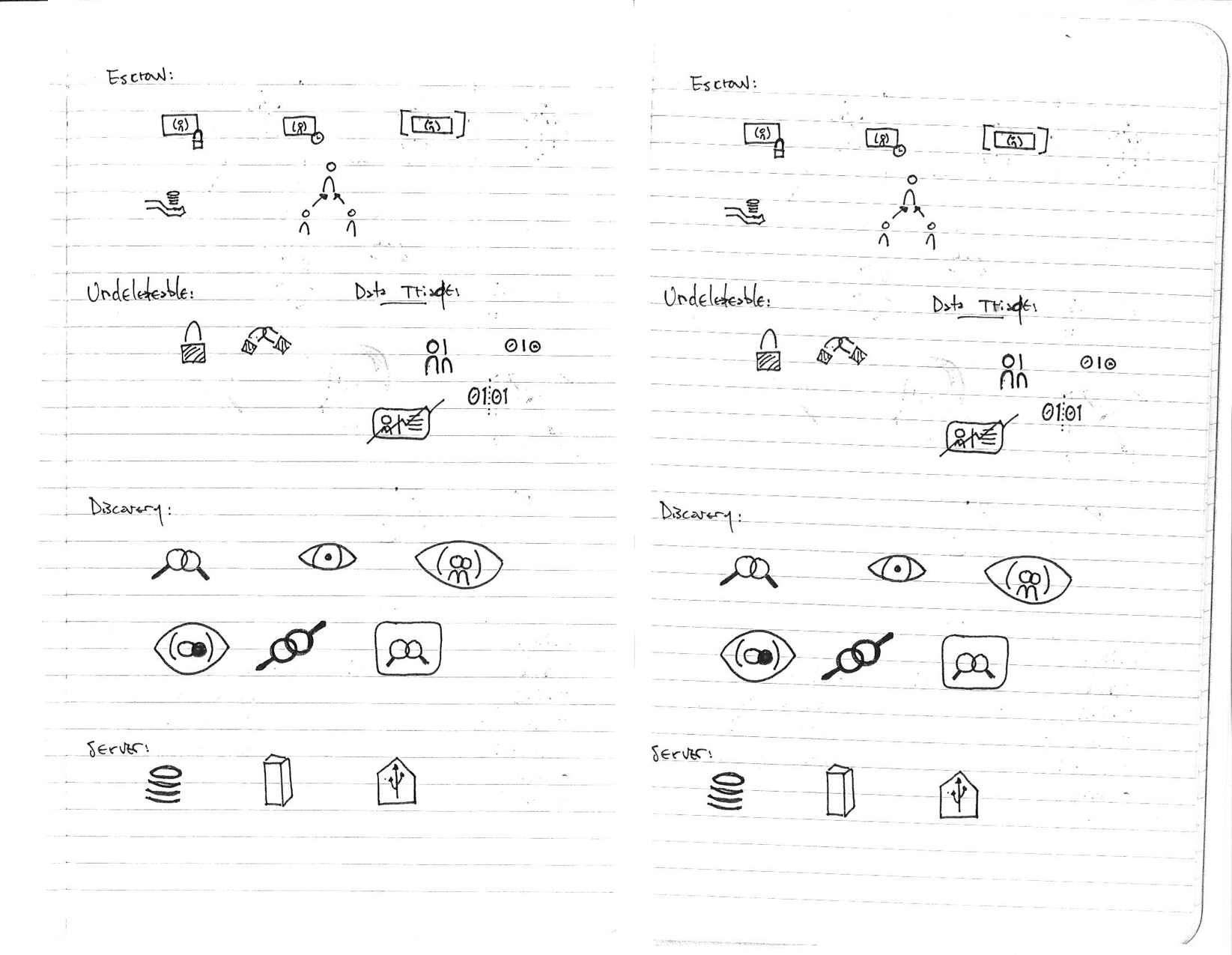

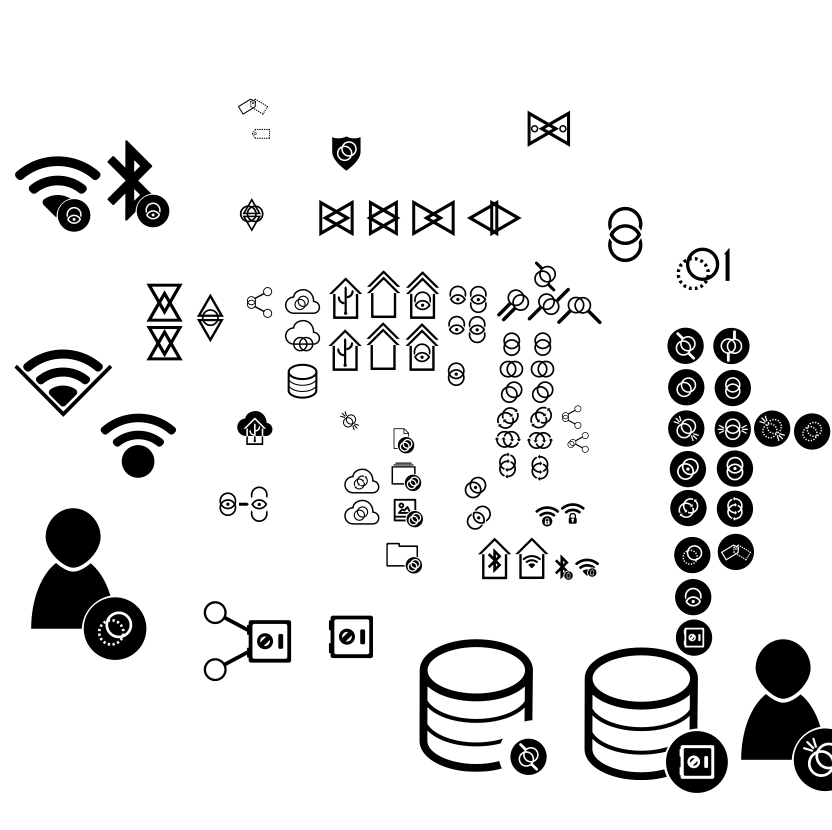

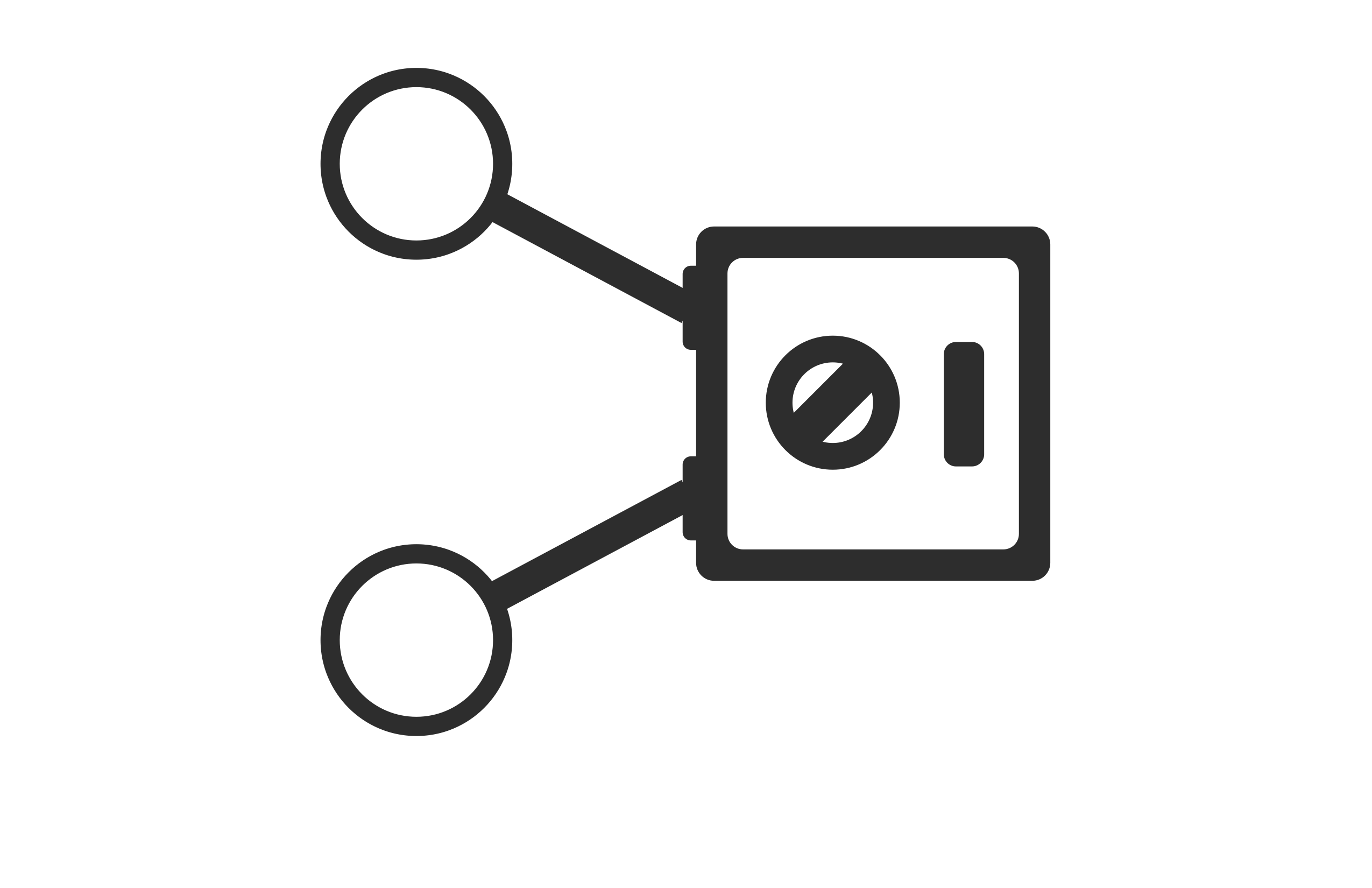
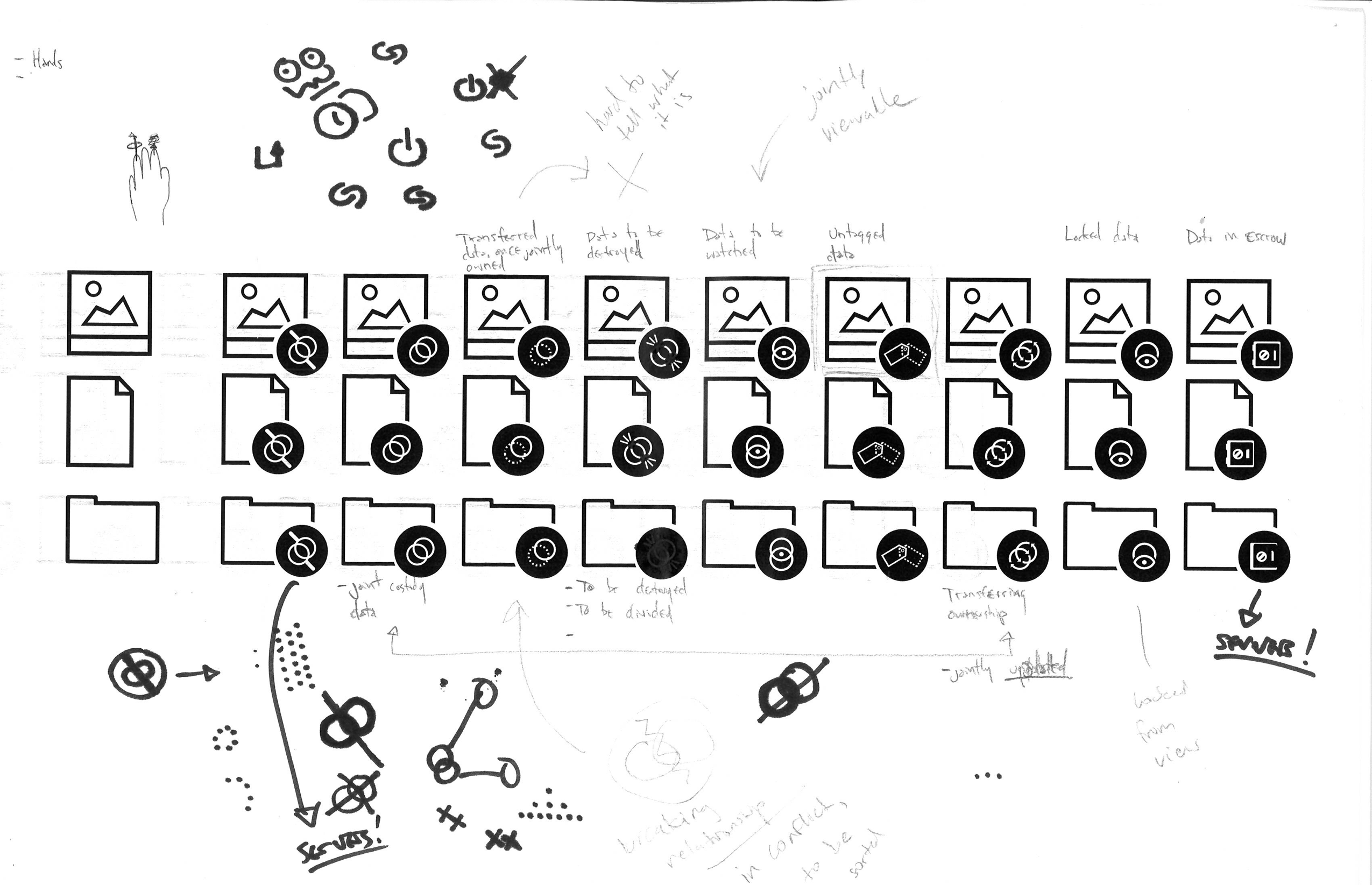


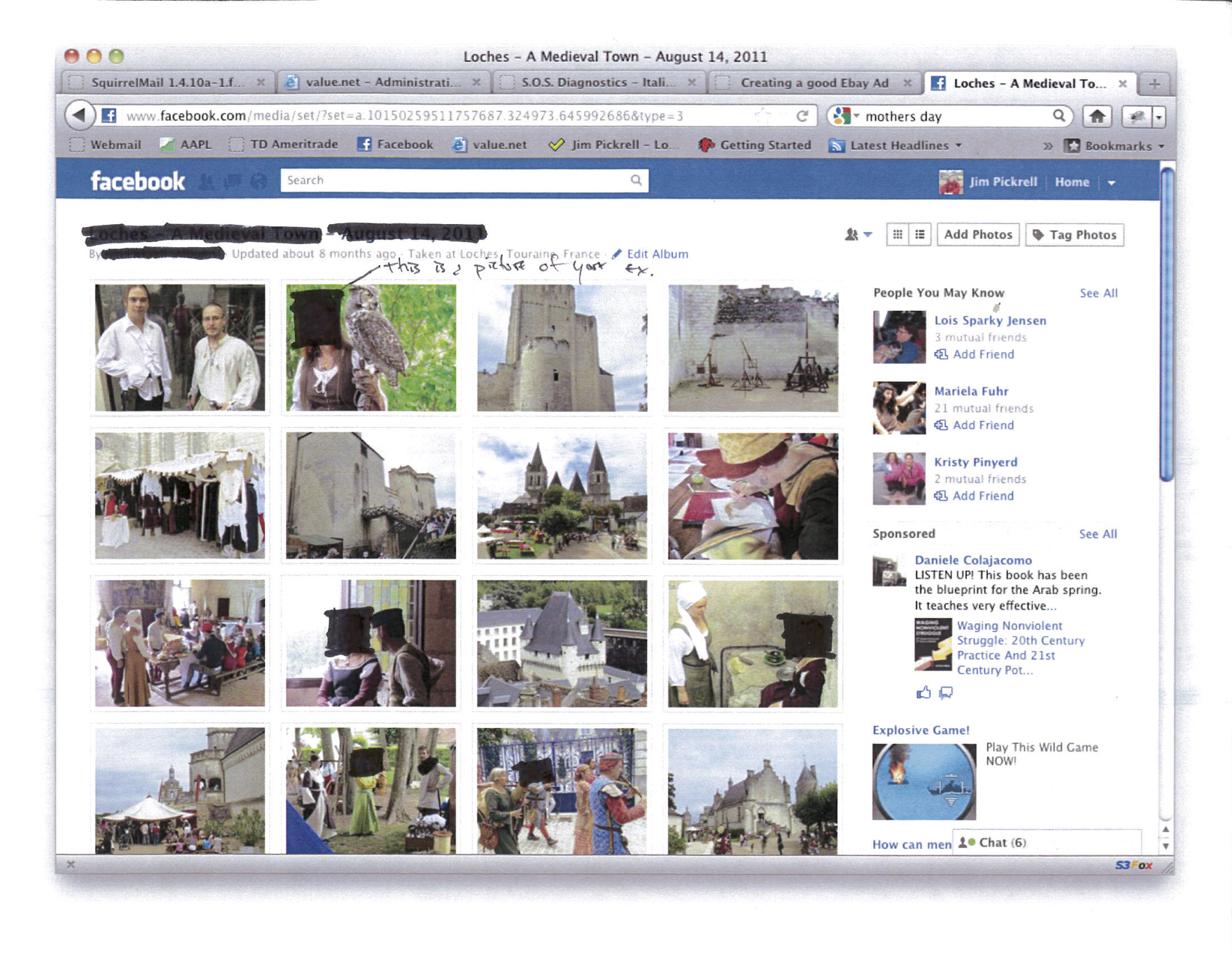




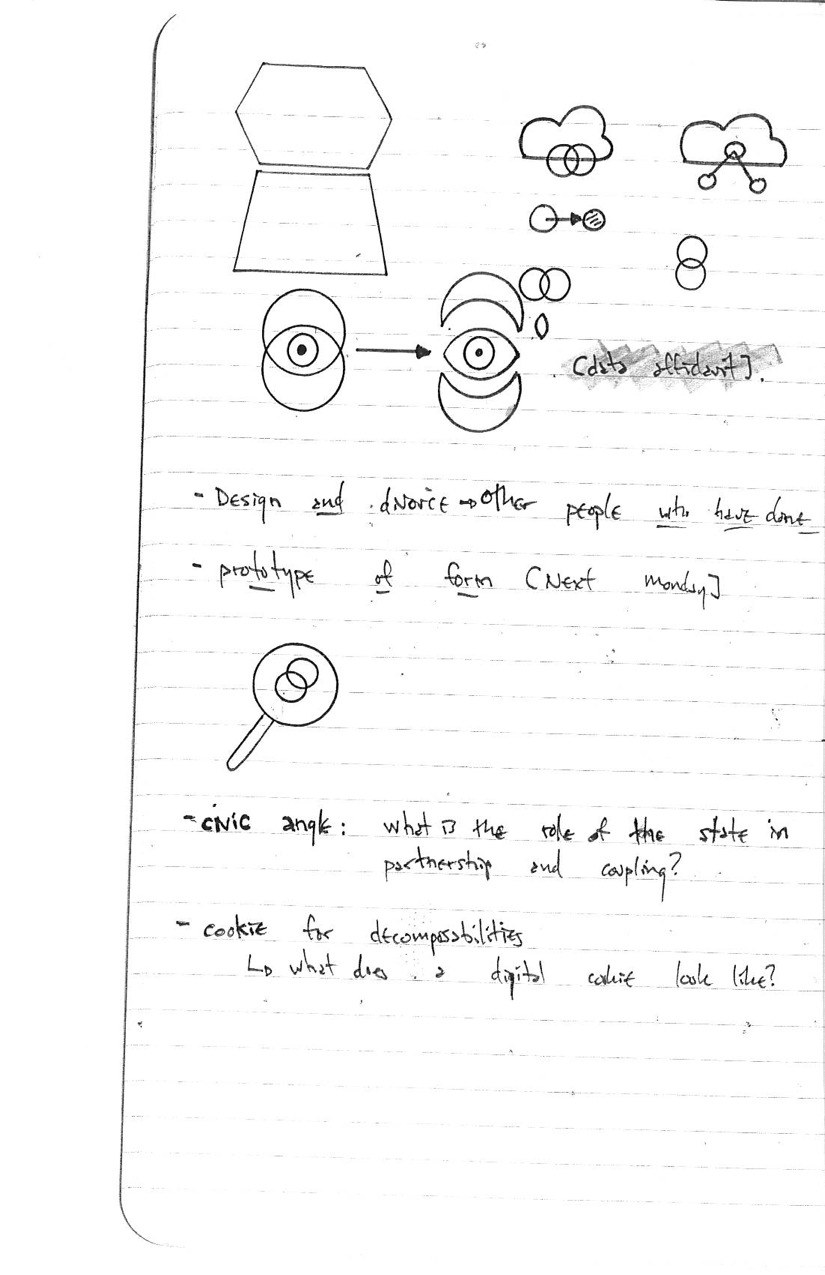

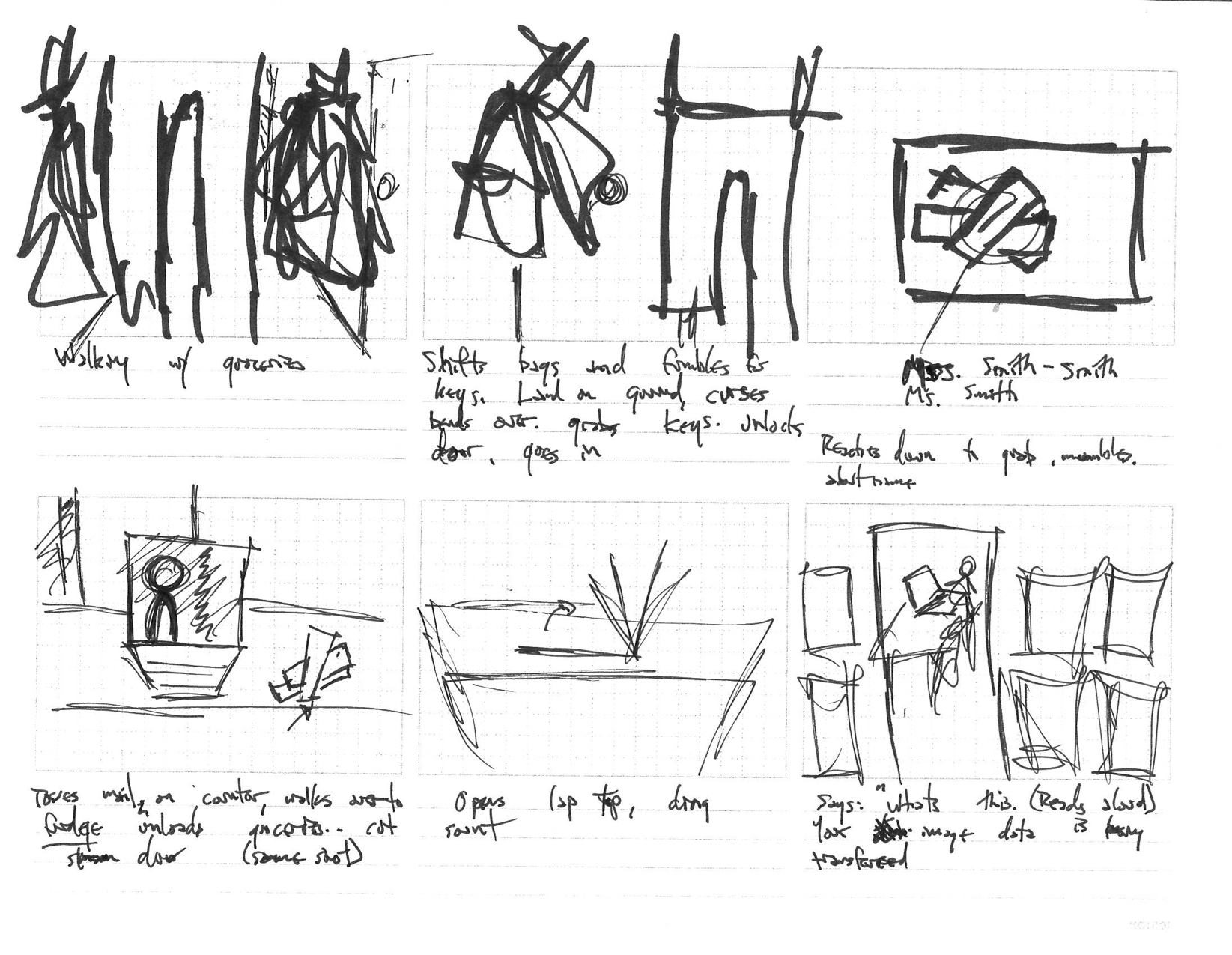
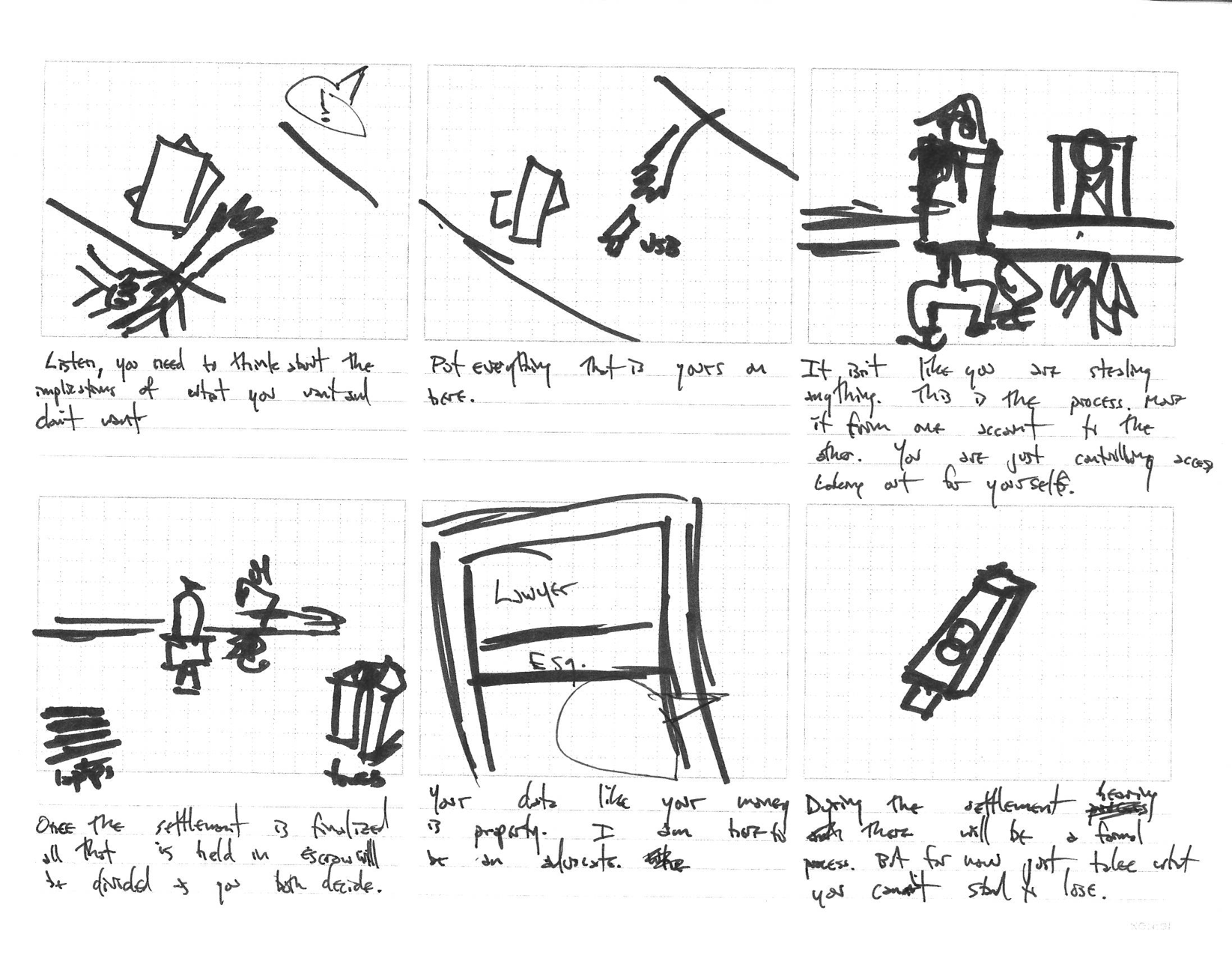



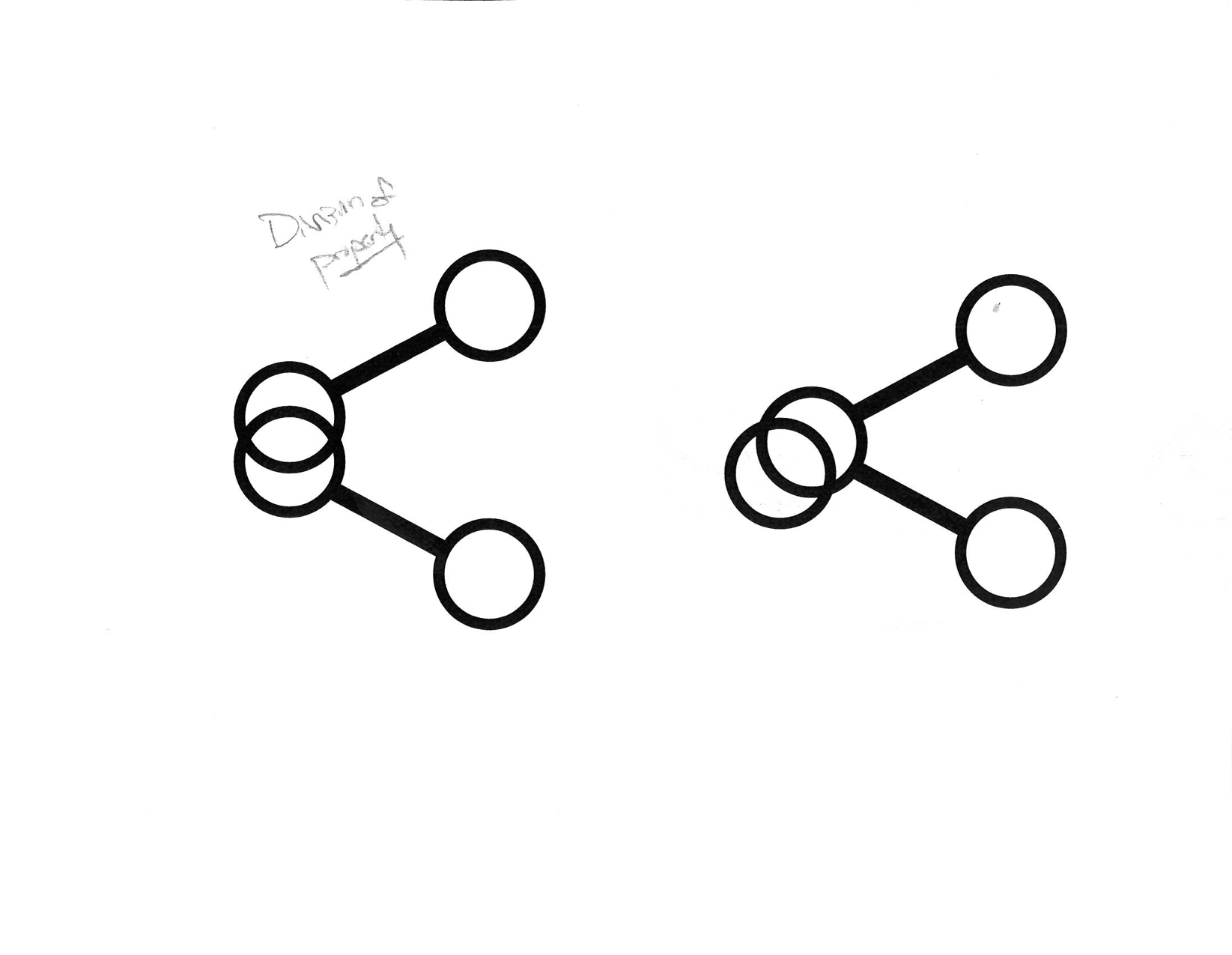

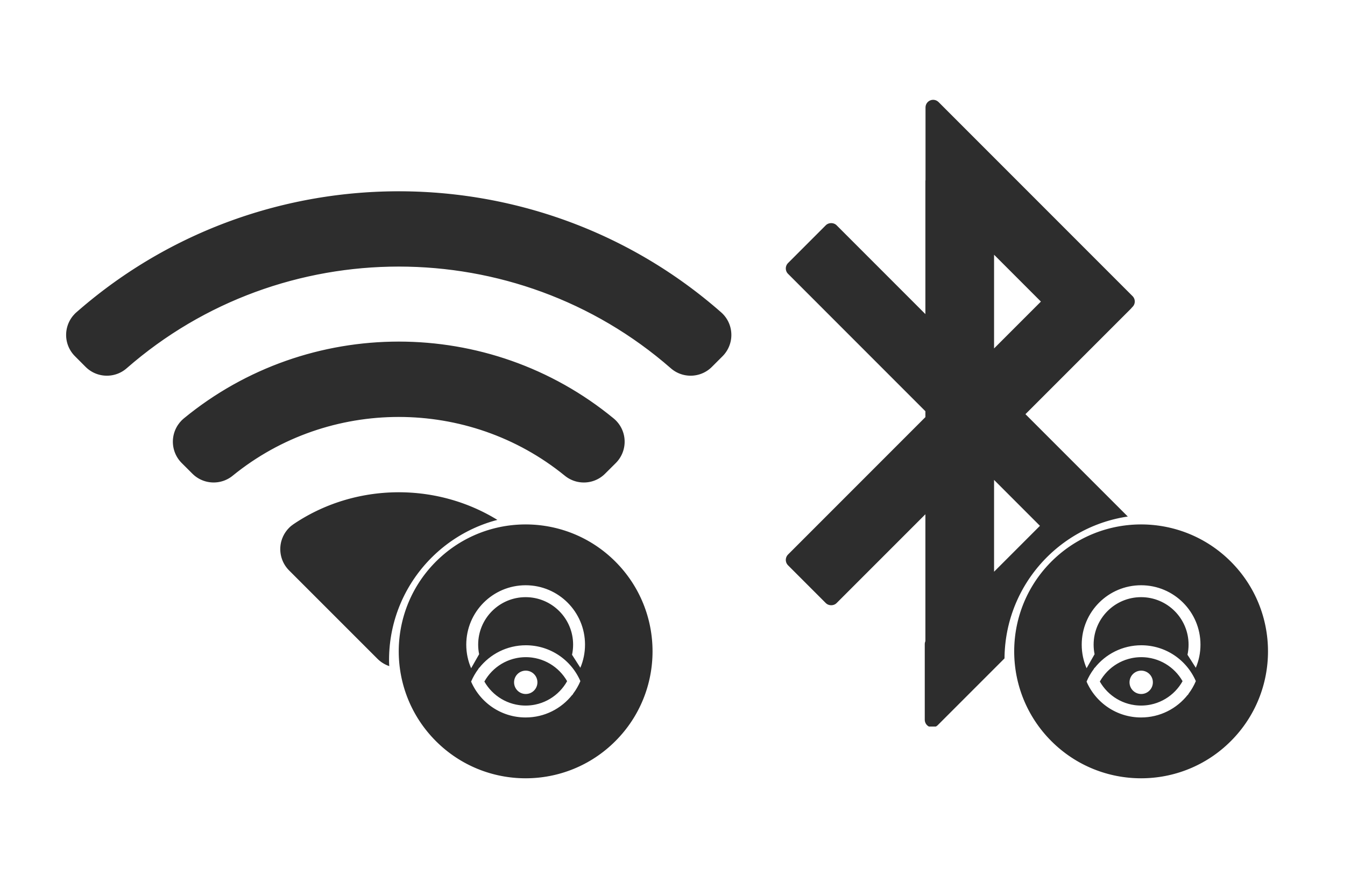
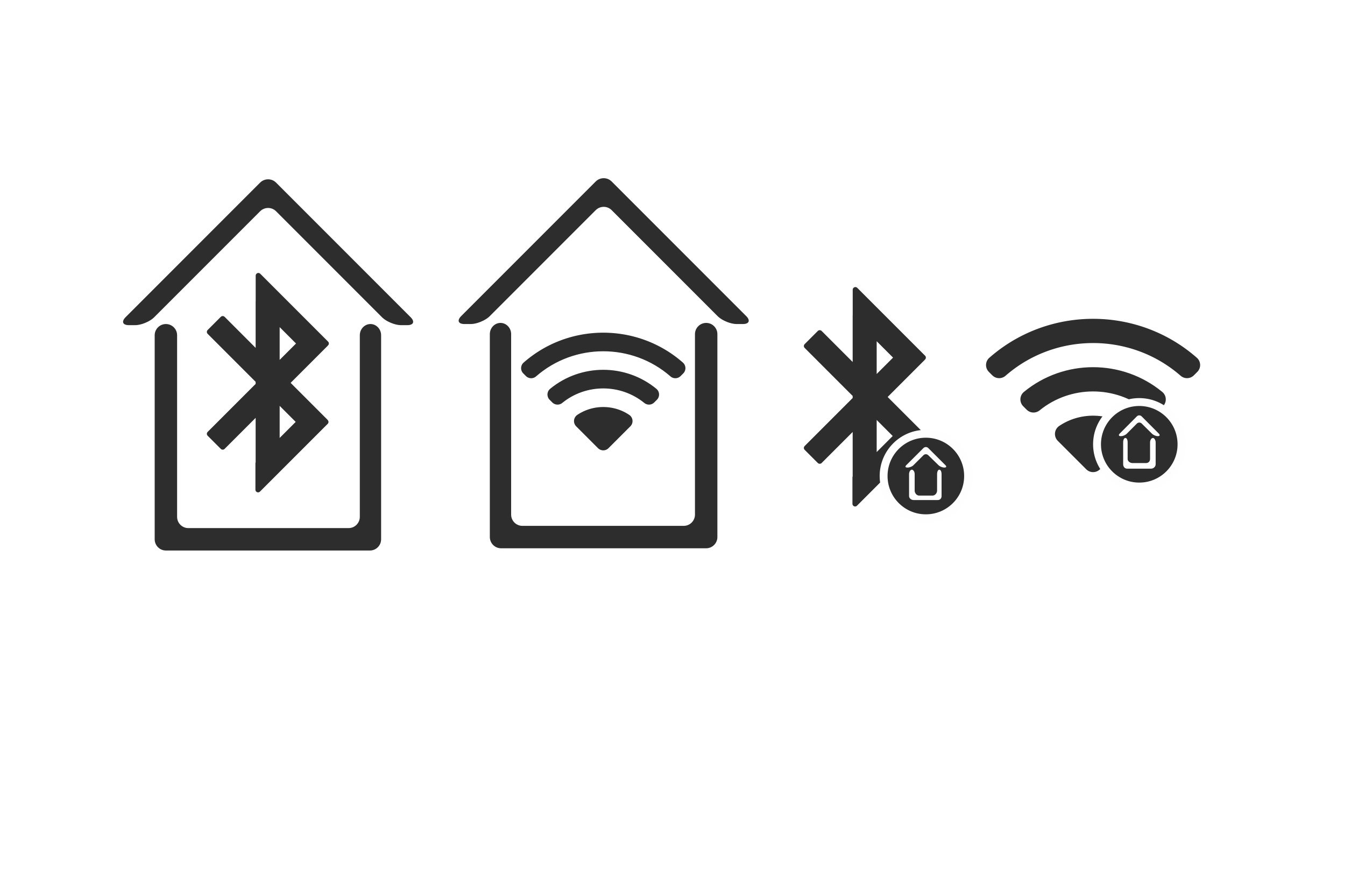
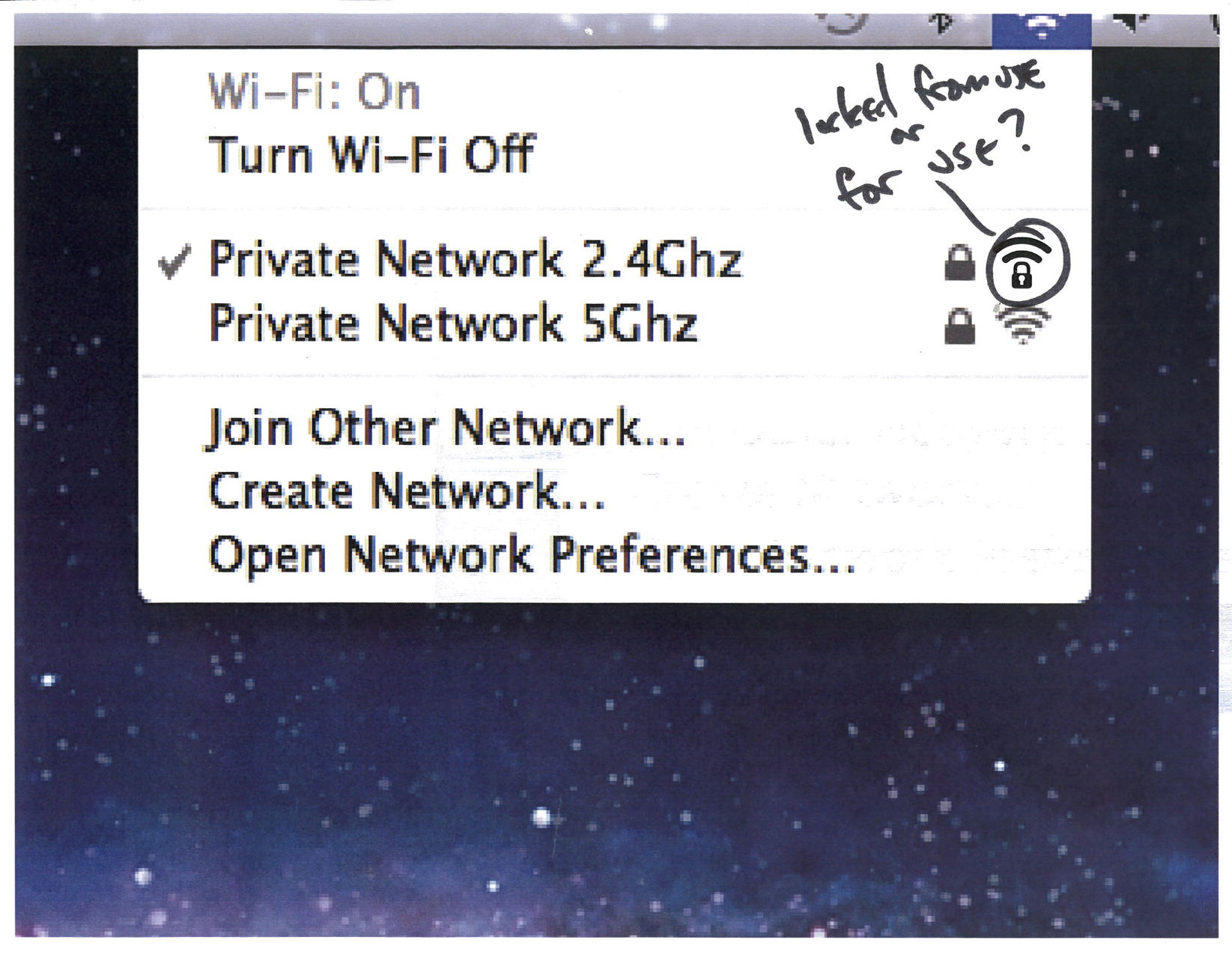
-
Currently, health and car insurance are compulsory. ↩